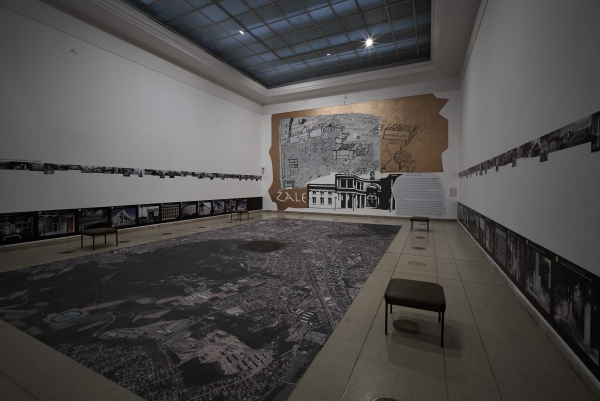Joze Plecnik (1872–1957)
The Karst man – The Slovenian Connection
Kunsthalle, Budapest, 12 August – 27 September 2015

Photo: Rudolf Klein
Plecnik studied in Vienna in Otto Wagner’s master school during the second part of the 1890s. He then worked in Vienna until the end of World War I. He taught at the School of Art and Design in Prague from 1911 for 10 years. In 1920 he was commissioned to rebuild and renovate Hradcany, the symbolic acropolis of the new Czechoslovakia and to create and construct the presidential residence. His architectural style is characterized by a specific version of neoclassicism applied with mastery and skill. Beside urban design, his achievements in industrial design are also notable. He taught at the University of Ljubljana from the 1920s until his death. His Ljubljana house was converted into a museum. The academic reassessment of his oeuvre started to gather momentum in the 1980s, and his architecture is considered today to be a forerunner of postmodernist urban design. His oeuvre and his buildings commissioned and built in Central Europe could be the springboard for a common regional language in architecture. The exhibition surveys his multifaceted architectural activity and creative urban thinking which spanned a number of locations and cities. The exhibition presents Plecnik as an architect, as an urban designer of plastic and pliable forms who articulated the idea of a universal city for the next century. All this is best seen in his complex urban development project for Ljubljana which defines the landscape of the capital even today, among others, through the design of the central city cemetery „Zale”. The exhibition showcases the buildings of the architect and presents the locations of his activity to chart Plecnik’s personal portrait.





